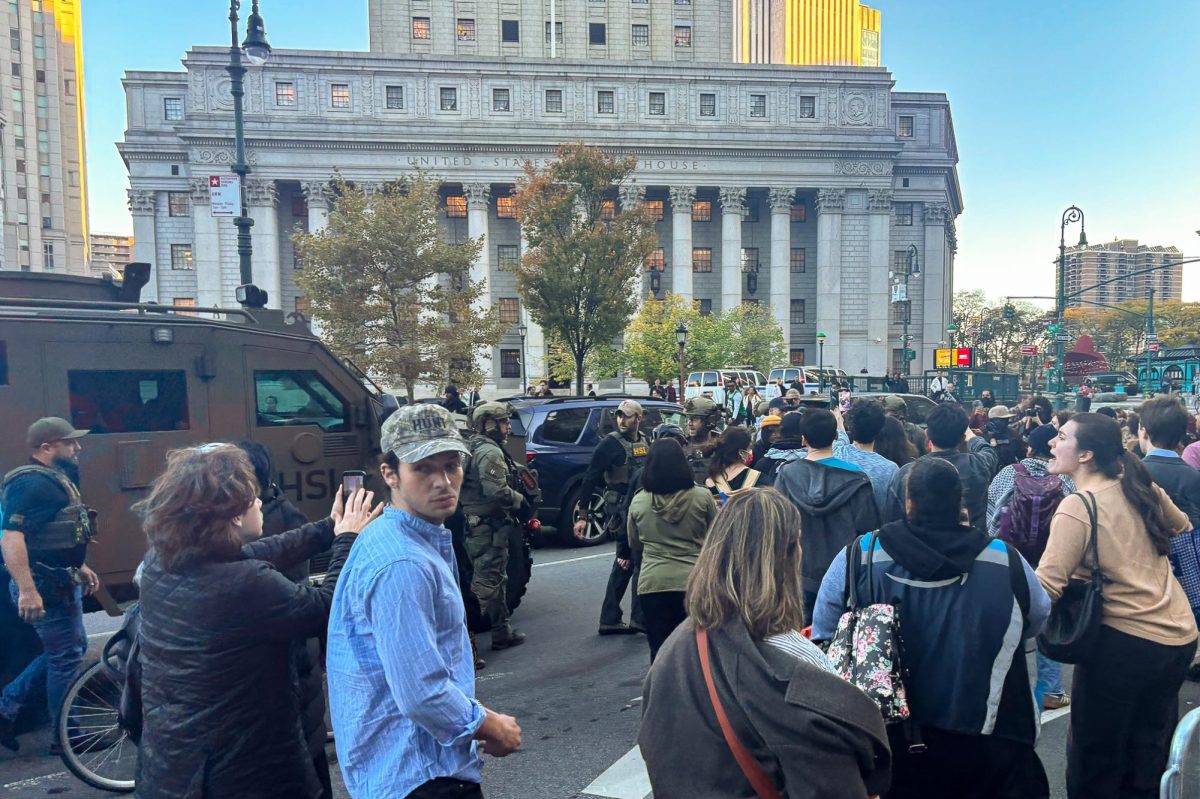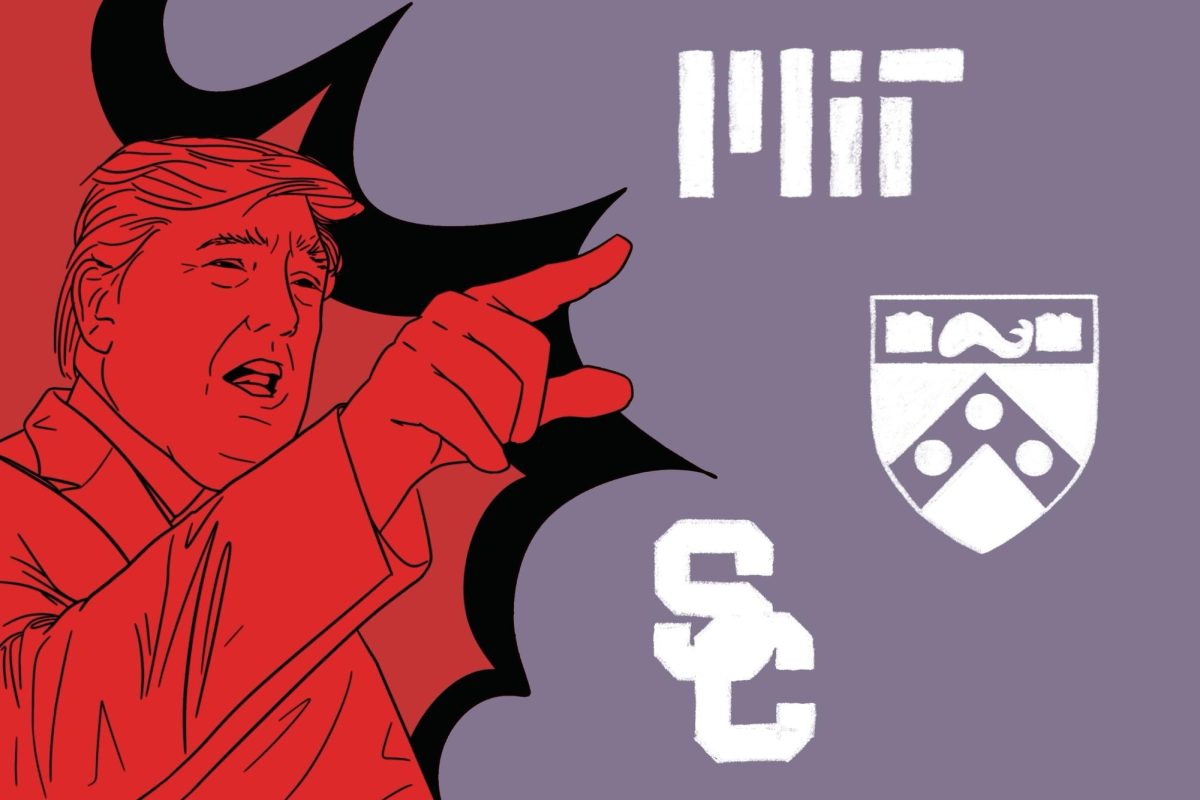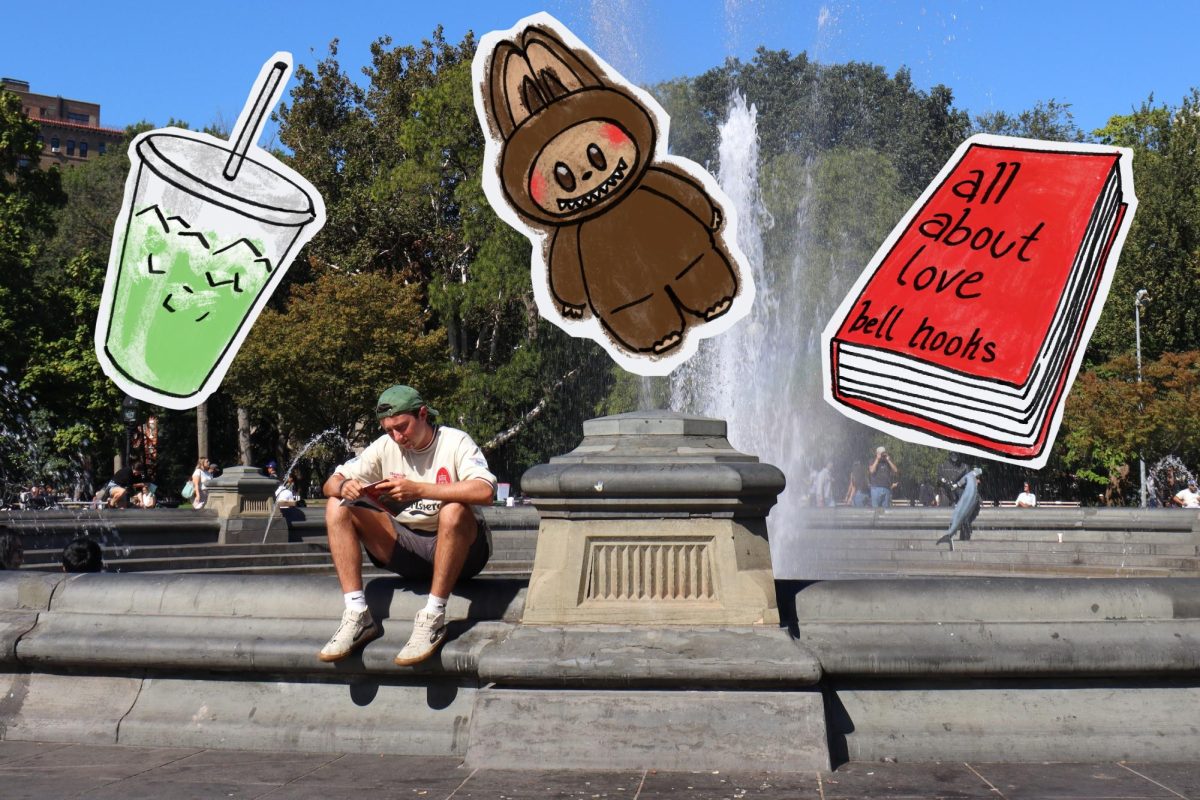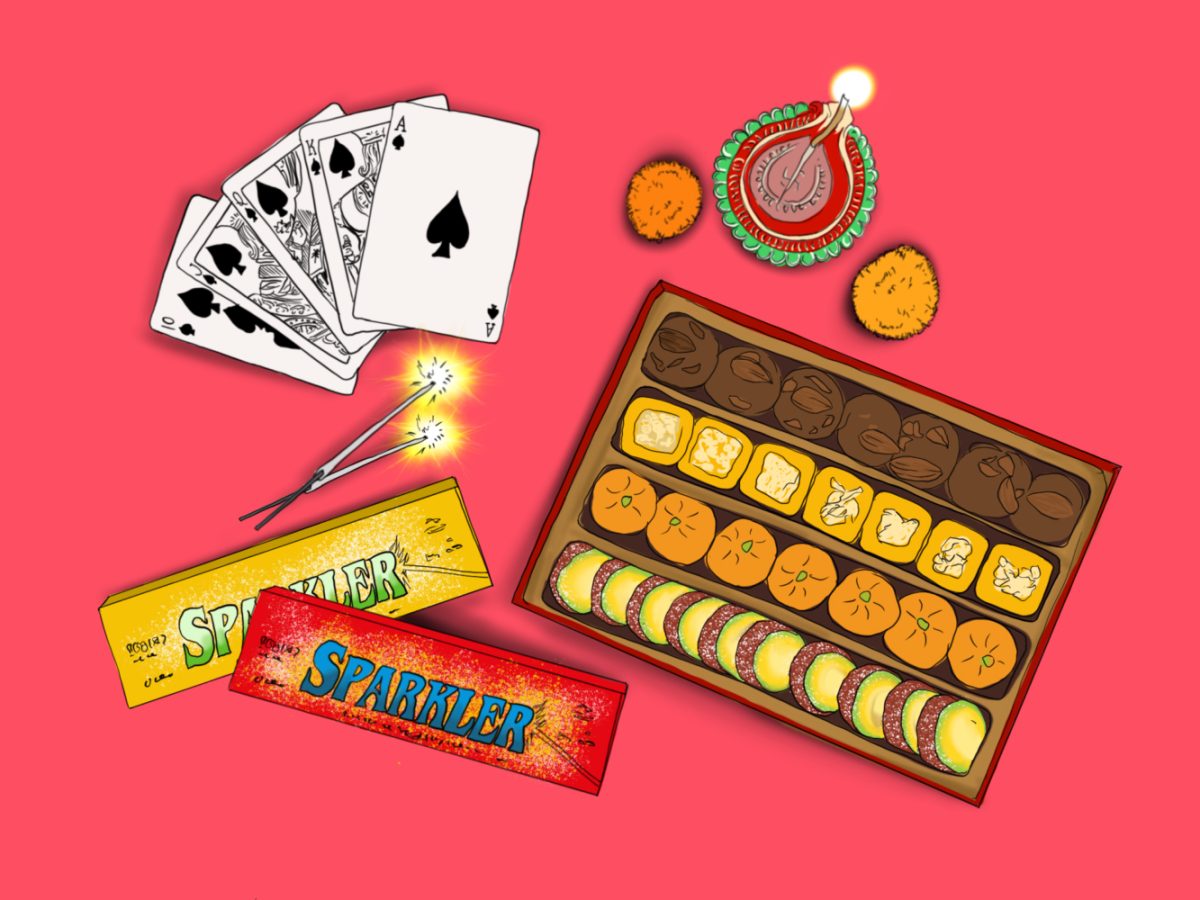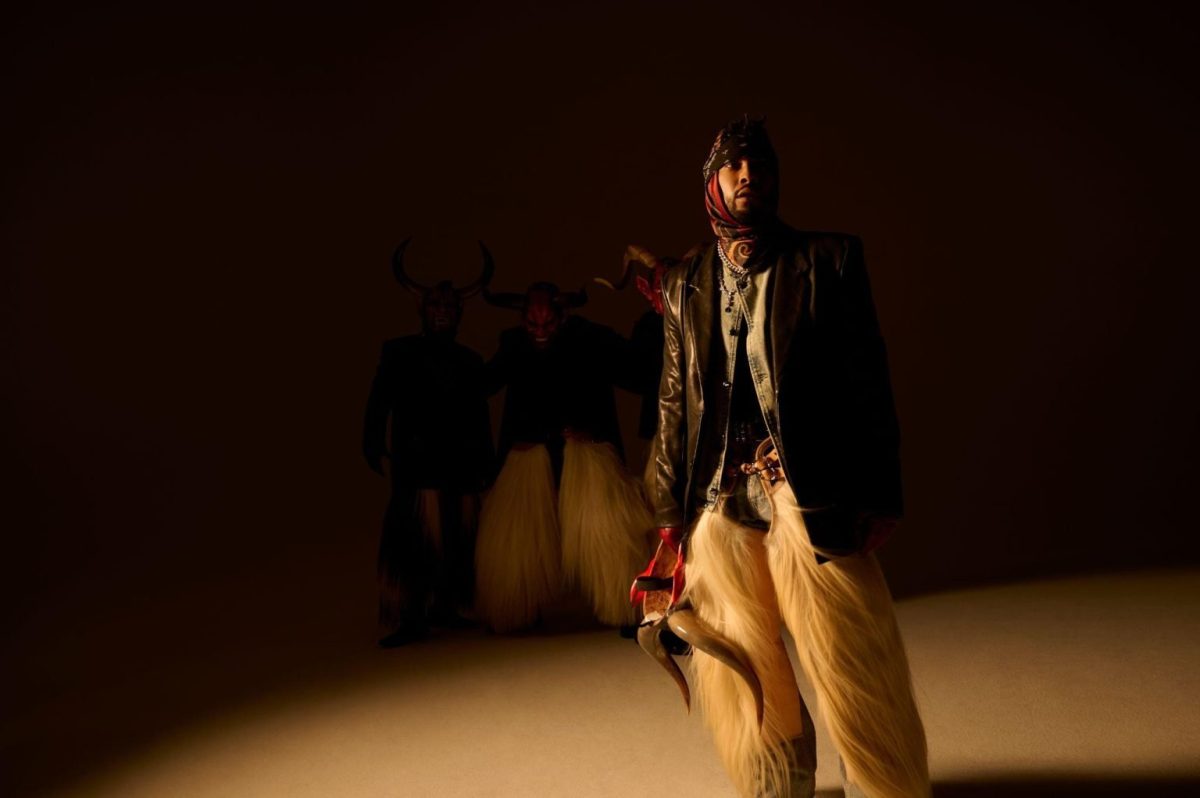Bobst gets new student photography exhibit exploring intimacy and autonomy
“WAKE” redefines the body through the outstanding work of NYU photography students. The exhibit runs from Dec. 2-22 at NYU Special Collections in Bobst Library.
The “WAKE” exhibit features students of NYU’s Photography & Imaging program. (Courtesy of Jennifer Li)
December 14, 2022
Angst is usually the first feeling that comes to mind when walking into Bobst Library at this time of year, but a hidden photography exhibition on the second floor of the library might be the breath of fresh air that we all need.
“WAKE” is the latest group show that highlights the immense talent of NYU student photographers. Open from Dec. 2-22, “WAKE” is an intimate portrayal of the identity, femininity and self-expression of today’s youth.
The exhibit is curated by Jennifer Li, an art history junior, and features the work of a number of students in the Photography & Imaging program at the Tisch School of the Arts: Josephine Lieber, Katie Noble, Shirene Anand, Anna Henderson, Helena Shan, Maddie Provost and Clementine Clearwaters. “WAKE” is a peek into each artist’s perception of the world, as these intimate portraits are not only visually striking, but share stories that the viewer must decipher.
Li said the photographs “encapsulate the very questions that shape the inexplicable quality of life itself,” encouraging viewers to wake up and admire the beauty of the unknown.
Standout works include Lieber’s “Lovers Homage.” While reminiscent of Robert Mapplethorpe’s “Larry and Bobby Kissing” or Ed van der Elsken “Pierre and Paulette (Kiss with Hand Around Cheek),” Lieber’s work stands on its own as the lovers’ identities are left to each viewer’s interpretation. Her knowledge of art history shines through her references to those who came before, and she is able to replicate intense feelings of love and desire without disclosing the identities of her subjects.
The gender or identity of the lovers is unknown, allowing the viewer to insert themselves into the scene and focus on the passion of this intimate action, rather than on the defining factors of the individuals. The piece serves as a statement on identity politics without giving much information about such identity. Similarly, “WAKE” plays with this idea of abstracting the identity of the subject, as a graceful figure emerges from the water without showing much more than their left arm and lower face.
Placed diagonally from Lieber’s works are Anand’s “Barbie’s Tuscan Vacation” and “Claustrophobia,” which both present a contrasting portrayal of intense emotion with their bright colors and shiny saran-wrapped subjects. The two photographs beautifully capture the shortness of breath that many of us experience in today’s cacophonic world. Anand brilliantly portrays the anxiety that many young people feel in a world where they are bombarded with perfect digital images, demonstrating this with a contrast between a suffocating subject and the aesthetic of a luxurious Italian getaway. The overwhelming beauty standards for women are often symbolized by Barbie, which is something that the artist takes note of in the title of her work and its visual symbolism. Anand uses saran wrap to portray the subject’s claustrophobia as she adorns the photographs themselves with pieces of plastic.
Queerness and women-identifying bodies is also explored in the works of Noble, Henderson and Provost. The body is portrayed simultaneously as the subject and landscape in these photographs. Noble’s “Ladylike II” is a close-up inspection of a woman’s body, defying the male gaze by directly confronting it. The subject’s gaze confronts the viewer as we inspect her physical traits in this collage-like photograph.
Noble leans into the discomfort that many women feel when their bodies are scrutinized and fantasized about by zooming into the subject’s lips, eyes and hands, bringing up the question of who is the viewer and the subject in the situation portrayed. Henderson’s “Urban Bodies” collages explore how living in New York City has shaped her relationship with her body. Overlaying images of maps and musical notes, Henderson transforms the landscape of the body into one of the city. Provost’s “The Body is My Garden” serves as an antithesis for the imagery used in Henderson’s work, as she materializes the intertwined relationship between queerness and nature. The body depicted disrupts the boundaries between physical living elements like flowers and plants, and the intangible nature of freedom and liberation, turning her body into a free-blooming garden.
Li’s keen eye in threading together these works that subtly explore identity and femininity is something not short of merit. “WAKE” is a demonstration of her ability to take the work of widely talented photographers and create a cohesive narrative about resilience, bodily autonomy and freedom. While the exhibition proves its strength in creating an atmosphere of calmness among the storm that is the city, the artists’ work is anything but quiet.
Contact Natalia Palacino at [email protected].






























